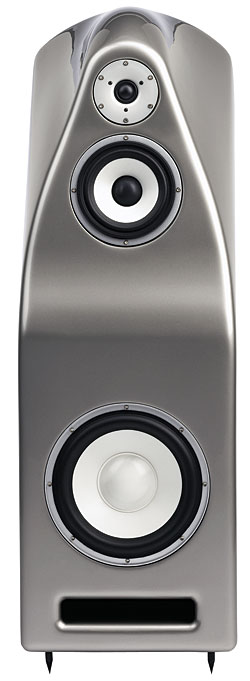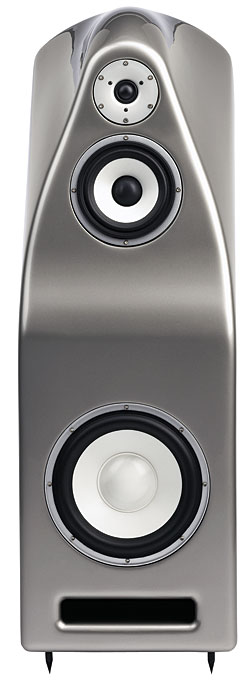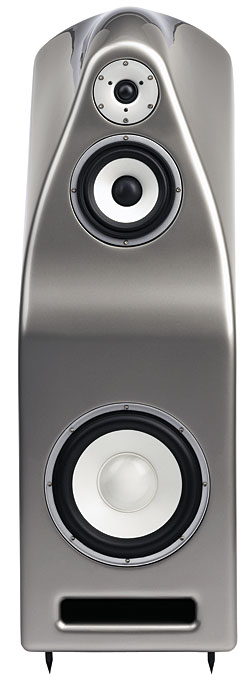
Hansen Audio Prince V2 loudspeaker Specifications
Hansen Audio Prince V2 loudspeaker Specifications

- Read more about Hansen Audio Prince V2 loudspeaker Specifications
- Log in or register to post comments



A friend and I are going again this year. A great time with some of the best jazz, blues, gospel and world music you'll ever see in one place. Plus lots of good used record stores! We'll be there from May 2nd through the 5th and if anyone else here is going and wants to meet up after the shows some evening let me know. If you haven't ever gone I strongly encourage it- it's great!
OK- Check out the project in the DIY user galleries.
DIY Gallery
The wood is the actual East African Blackwood that are used for the Shun Mook discs. No plain old ebony here!  They were made to the specifications sited in reviews, although they of course don't say what the "special" finishing process is. I used traditional hard rubbed furniture oil so we'll have to consider that a slight variable.
They were made to the specifications sited in reviews, although they of course don't say what the "special" finishing process is. I used traditional hard rubbed furniture oil so we'll have to consider that a slight variable.
I am thinking of picking up the AKG K701 'phones. What is the advantage of using a headphone amp vs. the headphone jack on my Yamaha amp? Would I realize an improvement in sound considering a headphone amp budget of $300-$400? I'm not at all knowledgable about headphone amps so I appreciate any guidance on this.
BTW, if it matters, 90% of my listening is classical music.
Thanks for sharing your experience.
Bob
Hola,
I was chatting with a speaker builder the other night, and have been trying to figure out what he was telling me, but I can't find a good web source for the info.
The whole thing started when I asked him how a resistor or capacitor "knew" the difference between frequencies that it would "allow" to pass through it.
Rather than mangle a concept I am not sure I grasp correctly, I guess I'd like to pass on the question:
In a crossover, how does a resistor or capacitor "know" which signals to let through?
Viva le' waif, under weight and bag o' bones, do you think the U.S. should outlaw FAT, I do!!!! http://www.optimum.net/News/AP/Article?articleId=406709&categoryId=19